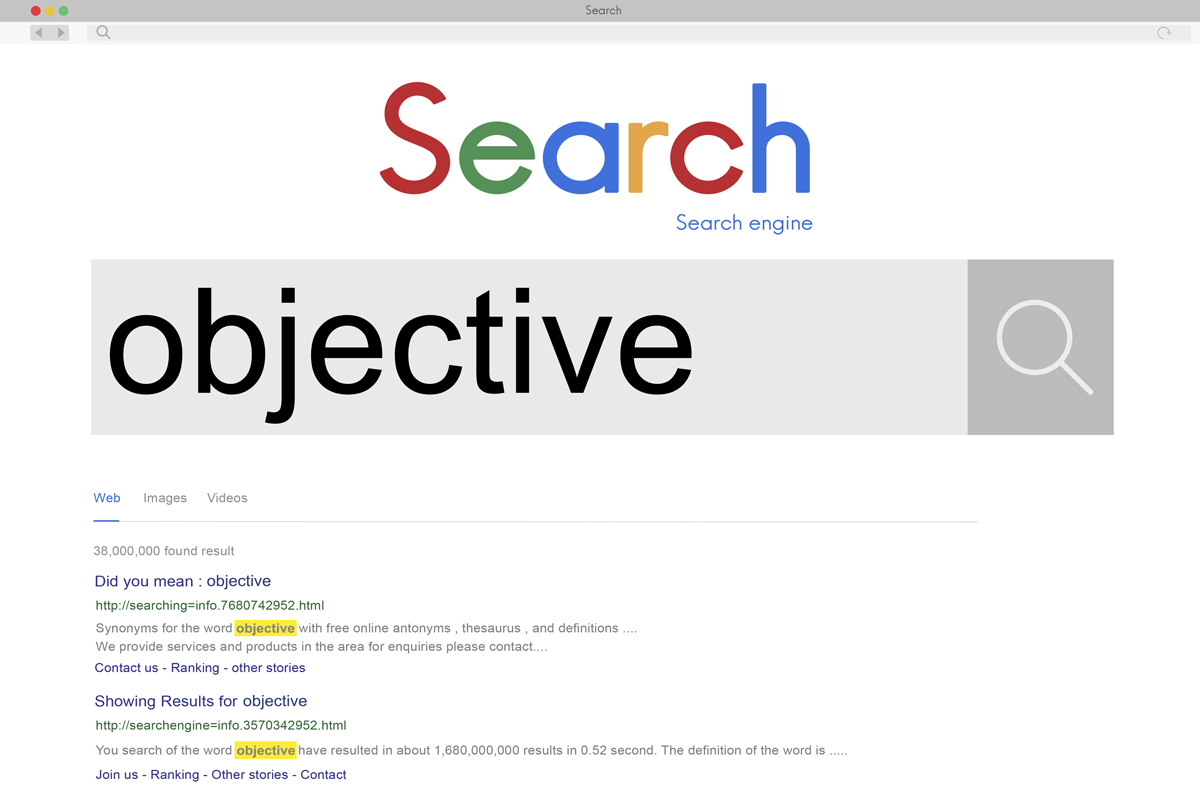The Rise of User Intent: What to Do With Keywords in the Age of AI

Google has been nurturing a new approach to page ranking for several years now: It’s called user intent, and it’s become one of the primary indicators of what results Google will return. Is your business ready for this SEO paradigm? Here’s what you need to know.
What is User Intent in Digital Marketing?
User intent, also called searcher intent, refers to what people actually want when they make a Google search. User intent looks beyond the words that users type in, to why they are using Google in the first place – what their ultimate goal is. Google is, obviously, very interested in figuring this out, and it has modified its search algorithm to pay close attention to this intent.
This has the big advantage of overcoming difficulties with language and errors on the part of the user. Not everyone remembers a specific product, brand, or term when they are searching (nor how it is spelled), so many organic searches are vague, ridiculously specific, slightly mistaken, or hit around the target without actually reaching it. User intent seeks to interpret these searches and return results that people find useful…and this is why more companies are focusing on user intent when creating new content.
Some marketers find it helpful to classify user intent based on three general purposes for search engine optimization. It’s not always necessary when choosing your keywords, but it can help clarify content, so let take a quick look:
- Informational Intent: Informational intent occurs when a user wants to learn. They may want to look up a definition, research a product, and explore a topic more in-depth. Many informational searches seek to answer a specific question, such as, “Why is Pluto no longer a planet?”
- Navigational Intent: Here, users are trying to find a specific place, either online or in the real world. They may be trying to find a restaurant someone once recommended, a website offering specific deals, the nearest park, or a similar place.
- Transactional Intent: These users want to buy something. They are toward the end of the sales funnel, and are ready to make a purchase decision. They are generally looking for sellers, services, payment options, discounts, exchange rates, and all other information that relates to their transaction.
Google also has its own list of four common user intents, which you may like better. Whatever allows you to properly understand your visitors and the purpose of your content will work.
Google AI’s Relationship with User Intent
The AI part of Google’s algorithm, a.k.a. RankBrain, has been working with user intent for years, and has grown increasingly effective at analyzing and predicting user intent based on what someone searches. RankBrain does this by examining a lot of ontological semantic information, or how words are classified and what those words can mean to different users. Over time, RankBrain has become skilled at predicting what users really want based on their organic searches and ultimate destinations, even if the search phrase is garbled or doesn’t make much sense.
This is also when Google started focusing more on LSI keywords, or “latent semantic indexing,” which enables much of this user intent interpretation. This means identifying other phrases that may only appear once, but still help Google figure out what kind of content it’s dealing with. For example, your main keyword may clearly be “sailboats” and Google will recognize that, but the algorithm will also note LSI phrases like “wind speed,” “running downwind” and “trim your sails,” all of which help Google to know what kind of sailboat article it is. That allows Google to match the article with various types of user intent even when the keyword isn’t involved or has a more specific variant.
What This Looks Like in Practice
To see what this looks like in practice, let’s briefly continue the sailboat example. Assume a newcomer to the sport searches for, “how to trim your sails.” Now, this search phrase is not your keyboard, “sailboats.” However, Google has seen both 1)what people searching for “how to trim your sails” usually want and 2)the LSI keywords in your content that show what your article is about. As a result, one of Google’s top results is your sailboat article, which helps the searcher learn more about trimming sails. Everyone is happy!
What this Means for Your Content
The rise of user intent has made the quality of your content more important, while also putting less emphasis on how often you use your keyword. To put it another way, Google is great at knowing what your keyword is as long as it’s in the meta description, the title, etc. What Google wants to know is more about the content’s value to searchers.
Of course, keywords are still very important, especially when it comes to accurate traffic analysis, so the energy put into them is not going to waste! However, page rankings now depend more on content as a whole, which means high-quality content is rewarded more frequently.
Creating Content with User Intent In Mind
Finally, how do you create SEO content that pleases Google’s focus on user intent? Good analysis will always work, and Blue Atlas can help with that! However, here are a few broad suggestions to help you get started (a seo checklist for website optimization is also available):
Create Answer-Oriented Keywords: When choosing keyword phrases and other important tags/titles for your content focus on answer-oriented language. Pretend that someone asked a question, and your content is the answer. How would you word it? How would you make sure that someone knew it was the answer they were looking for? This will help with both user intent and the growing category of voice search, so it’s one of the best practices for modern day content.
Don’t Worry As Much About Keyword Variations: Google’s LSI analysis and other techniques make keyword variations less important than in the past. Pick a very strong keyword, and work on making sure all your other content supports it. Keyword variations can help when analyzing traffic and picking strong keywords, but you shouldn’t try stuffing as many of the variations as you can into the content.
Make Sure All Content is Focused on Valuable Information: Avoid fluff and repetition. Treat every line of your content like it has a purpose. Make sure readers aren’t wasting a single second of their time, and Google will reward you for it.
Think About What People Want to Know When Making Purchase Decisions: For transactional searches, make sure you provide important information and links for products – including payment information, specs, comparisons with competitors, and similar content.
Do Some Local Competitor Analysis: Check out what is driving traffic to competitor sites, especially local competitors. Use this information to accurately gauge what user intent is for these searches – what people want to know. Then create content targeted at these specific intents.
Avoid Keywords with Lots of Alternate Meanings: Make sure your keywords are specific enough to avoid confusion. Keywords that are too generic, or associated with other brands, or similar to popular titles/lyrics will always struggle with user intent. Practice your local SEO and craft strong keywords that can’t be mistaken for anything else.
Still not sure if your business is ready for the SEO paradigm? That’s okay! Head over to our Digital Marketing page to gain some more insight!




